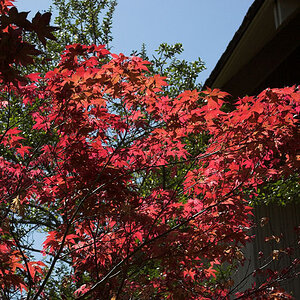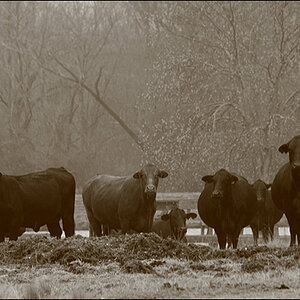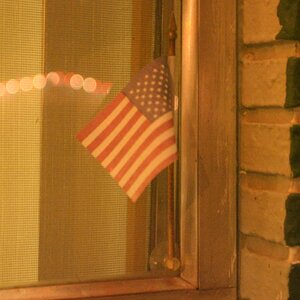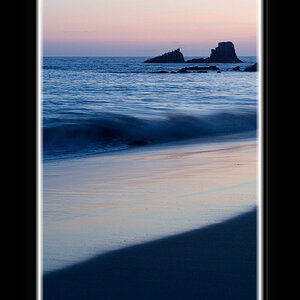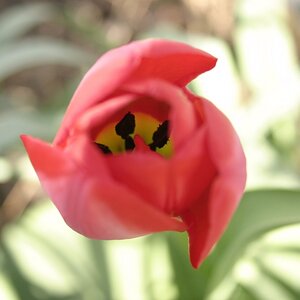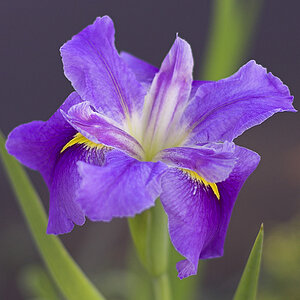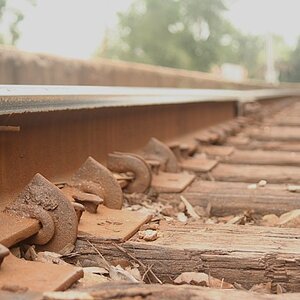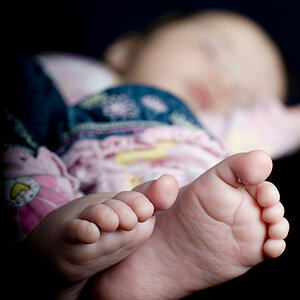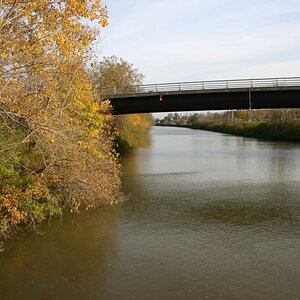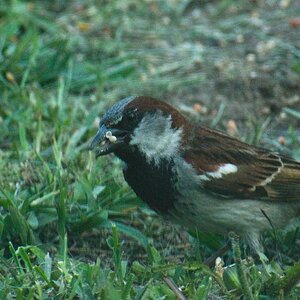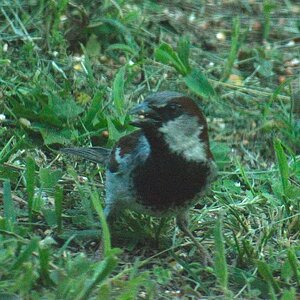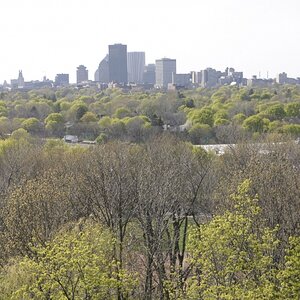Canon83
TPF Noob!
- Joined
- Jul 7, 2010
- Messages
- 3
- Reaction score
- 0
- Location
- Glendale, AZ
- Can others edit my Photos
- Photos OK to edit
How do i take a great night time pic using a 35mm canon elan with out the flash? I can do it with my POS Kodak digital but i have yet to do it with my canon. any tips?


